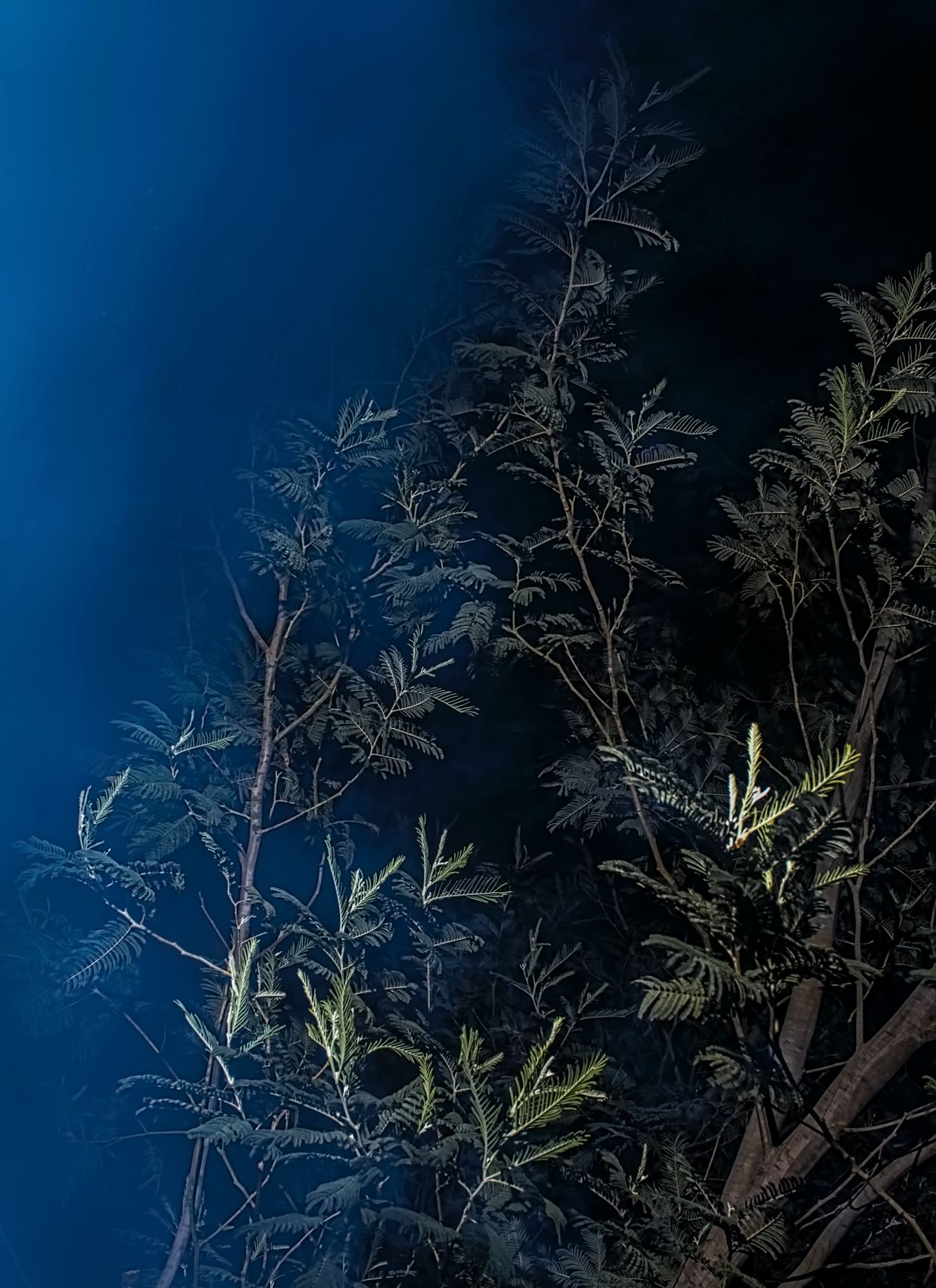
There is a misconception that “flash ruins photography”.
It's a misconception. Used properly, the flash is one of the most important features of a camera.
There are two types: the internal ones, which are already in the camera, and the external ones, which are attached to the camera.
According to the theory, the flash should be used when there is a shortage of light. But that's when internal flashes may not be the best choice. The slap of light and the shadows they cause are not an option for a job that wants to be rigorous.
Internal flashes are useful during the day, especially when the subject you want to photograph is in a shady area. A fill flash is when the light from the flash fills in the absence of the main light.
This feature is very useful on sunny days. This can happen on bright sunny days if the subject being photographed is in the shade or backlit. It is in these situations that the use of an internal flash is very useful. To illuminate shaded areas, use a low-power flash.
When there is no light, external flashes are the ideal solution, particularly for social photography, event photography and documentary photography.
Conventionally, the external flash is attached to the camera via the shoe, where it will make the electronic connection, producing frontal light. However, it can also be used off-camera for creative experiments. Either on a tripod, to distance it from the camera, or in one hand to directly illuminate the object to be photographed.
These photos were taken in exactly this way, with the camera in my right hand and the flash in my left, directing the flash at what I wanted to photograph. It gives you more freedom and mobility when directing the flash. I used the Godox TT600 external flash in TTL mode, attached to an old EOS 600D - my favorite camera for field experience.
Translated with DeepL.com (free version)


🇵🇹 VERSÃO PORTUGUESA [PT/BR] 🇧🇷
! [FLASH]
ᅠ
Existe o conceito de que o “flash estraga a fotografia”. É um conceito errado, bem usado o flash é um dos recursos mais importantes de uma máquina fotográfica.
ᅠ
Existem dois tipos; os internos, aqueles que já estão na máquina, e os externos, aqueles que se colocam na máquina (conectam através da sapata da máquina).
ᅠ
Segundo a teoria, o flash deve ser usado quando a luz é deficitária. Mas é aí que os flashes internos podem não ser a melhor escolha. O chapadão de luz, as sombras que provocam, não são opção para um trabalho que pretende rigor.
ᅠ
Os flashes internos são úteis durante o dia, especialmente quando o sujeito que se pretende fotografar está numa zona de sombra. Chamado flash de preenchimento ou Fill Flash, é quando a luz do flash preenche a falta da luz principal.
ᅠ
Esse recurso é muito útil em dias ensolarados. O que pode acontecer em dias de sol forte, se o motivo a ser fotografado estiver na sombra ou em contra-luz. São nessas situações que o uso do flash interno é bastante útil. Para iluminar as áreas sombreadas deve usar-se o flash em potência baixa.
ᅠ
Nos casos de ambientes sem luz os flashes externos são a solução ideal, nomeadamente para a fotografia social, fotografia de eventos e fotografia documental.
ᅠ
Convencionalmente o flash externo coloca-se na máquina através da sapata, onde fará a coneção electrónica, produzindo luz frontal. No entanto, pode-se usar também fora da máquina para experiências criativas. Ou num tripé, para o distanciar da máquina, ou numa das mãos para iluminar directamente o objecto a fotografar.
ᅠ
Estas fotografias foram feitas exactamente dessa forma, a máquina na mão direita e o flash na mão esquerda a direccionar a flashada para o que queria fotografar. Dá mais liberdade e mobilidade no direcionamento do flash. Usei o flash externo Godox TT600 em modo TTL, acoplado a uma antiga EOS 600D - a minha máquina predilecta para experiência de campo.📸



